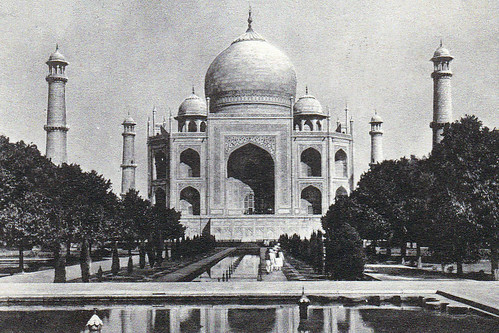I recently embarked on a little journey through Scottish history, right from my own home. I've been in possession of a fascinating set of 50 cigarette trading cards from 1933, titled "Famous Scots." As I was preparing to list these unique pieces of ephemera for sale, I realised what a treasure trove of historical figures they represented.
Rather than just selling them off, I decided to take the time to scan each card and create something special for you all. I've put together two videos, each featuring 25 of these incredible images, and uploaded them to YouTube.
These cards showcase a diverse array of famous Scottish individuals, ranging from beloved poets and influential playwrights to ground breaking inventors, powerful politicians, revered royalty, and so much more. It's a truly captivating cross-section of Scottish talent and influence throughout history.
You can view both videos right here in this post, and of course, on YouTube. I'd be absolutely thrilled if you could take a moment to subscribe to my channel while you're there – it really helps me to create more content like this!
A little bit of background on the cards themselves: they were originally released in packs of Mitchells Cigarettes. Mitchells was a Scottish tobacco company with its roots in Linlithgow. Interestingly, while the company had merged with Imperial Tobacco by 1901, these cards were still released under the Mitchells branding, adding another layer to their historical significance.
It's been a real pleasure delving into these cards and sharing a piece of Scottish heritage with you all. I hope you enjoy the videos as much as I enjoyed creating them!
and part 2,
Please take a moment to share this post, follow me on social media, and explore my work on Clickasnap and Photo4Me using the links below. Your support means a lot!

































